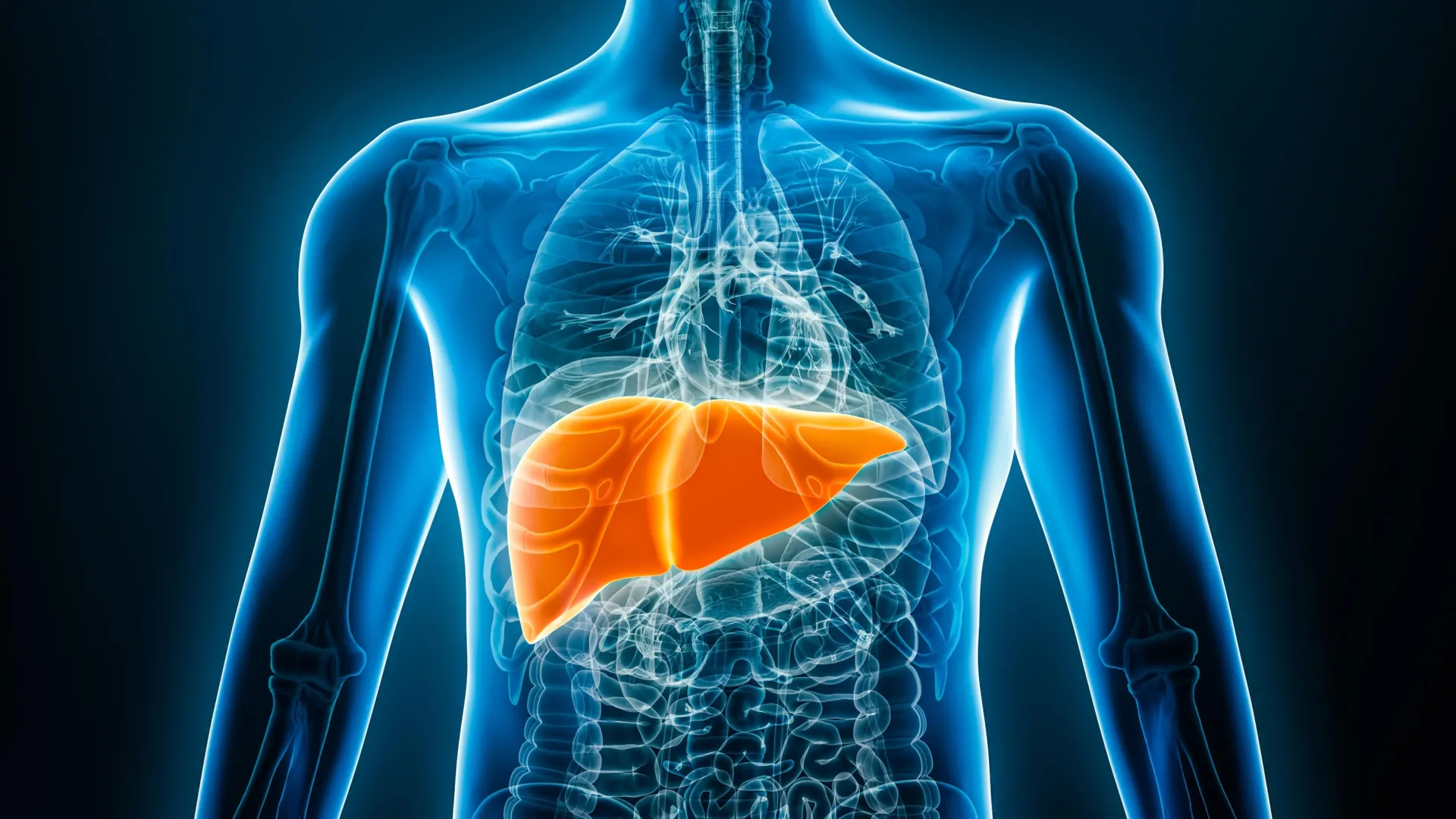AI’s Secret Weapon: Spotting Fatty Liver Disease in Your Chest X-Rays
AI’s Secret Weapon: Spotting Fatty Liver Disease in Your Chest X-Rays

Hey friend, did you know that one in four people worldwide has fatty liver disease? That’s a huge number! It’s a sneaky condition where too much fat builds up in your liver, and if left unchecked, it can lead to some serious problems like cirrhosis and even liver cancer. The good news? Early detection is key.
Usually, diagnosing fatty liver disease means ultrasounds, CT scans, or MRIs – all expensive and requiring specialized equipment. But what if I told you there’s a simpler, cheaper way? Enter chest X-rays.
We all know chest X-rays are used to check our lungs and heart. But they also capture a bit of the liver. Clever researchers at Osaka Metropolitan University’s Graduate School of Medicine realized this and wondered if they could use this readily available imaging to detect fatty liver disease. The catch? It’s not always easy to spot the signs on a standard X-ray.
That’s where artificial intelligence comes in. They trained an AI model using a massive dataset of 6,599 chest X-rays from 4,414 patients. This AI is specifically designed to look for subtle clues related to fatty liver disease within the X-ray images, using something called a controlled attenuation parameter (CAP) score. And guess what? It’s pretty darn accurate! The results showed an area under the receiver operating characteristic curve (AUC) of 0.82 to 0.83 – a strong indicator of the AI’s ability to correctly identify those with the disease.
So, what does this mean? It means that soon, we might be able to screen for fatty liver disease using a simple, inexpensive, and readily available test. This could be a game-changer in early diagnosis and treatment, potentially saving lives and preventing serious complications. Pretty cool, right? Professor Uchida-Kobayashi and her team are hopeful that this AI tool will soon be widely used in practice.
Disclaimer: This content is aggregated from public sources online. Please verify information independently. If you believe your rights have been infringed, contact us for removal.